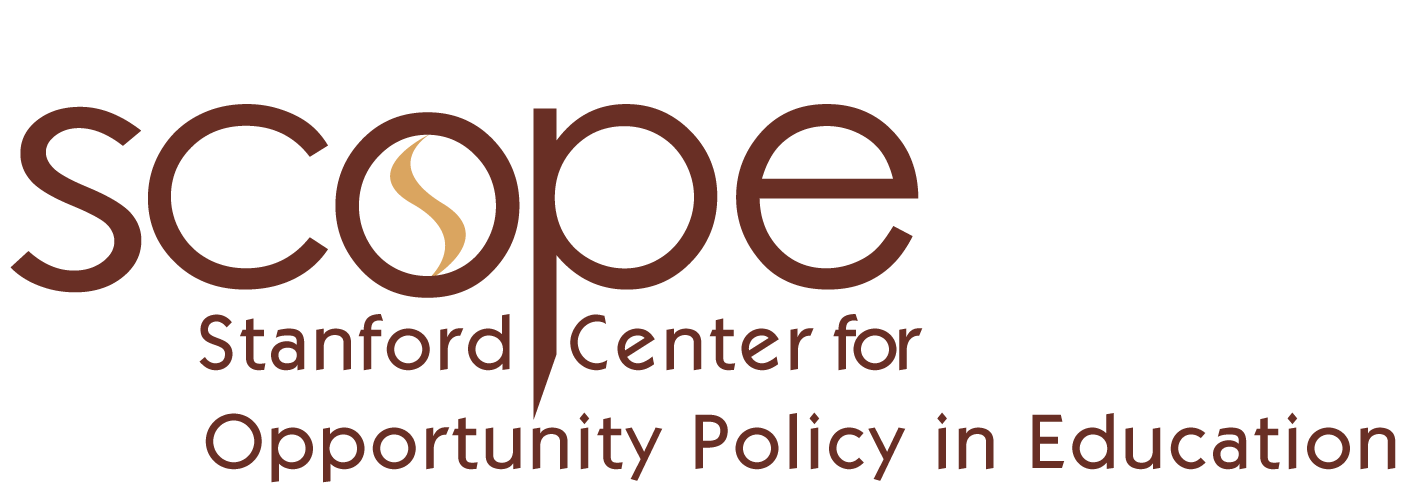STANFORD, CA — At a time when the achievement gap in California is large and appears unchanging, some high schools are beating the odds. How these schools are accomplishing this and how their approaches can inform state policy so that more schools can realize the same success is the focus of a study being released by the School Redesign Network at Stanford University (SRN) and Justice Matters in San Francisco.
The study — High Schools for Equity: Policy Supports for Student Learning in Communities of Color — focuses on five urban, public high schools from across the state that have no selective admissions requirements, serve primarily students of color and low-income students, graduate students at higher rates than the state average, and send more than 80% of them to college. These five are not the only high schools succeeding against the odds, but they represent the types of educational approaches required to close California's educational achievement gap and to enable all students to move on to successful career and college pathways.
The findings from the study will be released Tuesday, November 13, during the California Department of Education's Achievement Gap Summit in Sacramento. The presentation will be led by Linda Darling-Hammond, Charles E. Ducommun Professor of Education at Stanford University and Co-Executive Director of SRN, which conducted the study. "These schools break the conventional links between race, poverty, and academic failure," says Darling-Hammond.
"Not only do their students receive an academically rigorous curriculum that prepares them for college and careers, they also experience learning opportunities that are culturally rich, socially and practically relevant, and responsive to their needs and interests. High Schools for Equity identifies and describes the work of these pioneering schools and districts, which can be adopted and adapted by educators in similar contexts across California and the country and supported by policymakers."
"The kind of success we've seen in these schools is exceptional, but not unattainable," says Olivia Araiza, Program Director of Justice Matters. "Even though they face the same challenges of most of California's large urban schools they are graduating their students in remarkably high numbers and sending them to college at rates more than twice the state average. This study hones in on the practices at these schools that are making such extraordinary success possible, and helps us to see how these practices can be scaled up statewide."
What distinguishes these schools is their design and pedagogy. Traditional schools assign thousands of students to a single building, send them to a different teacher for each 50-minute class period, assign teachers to 150 or more students (this ratio is over 200 in some California cities), and provide little time for teachers to plan and work together. The design features of the schools in this study include small, personalized learning environments; rigorous and relevant curricula that provide authentic learning and assessment opportunities; and extensive, regular opportunities for teachers to collaborate and learn with one another in improving their practice.
The schools in the study are:
• Animo Inglewood Charter High School, Inglewood (Green Dot Public Schools)
• Leadership High School, San Francisco (independent charter)
• June Jordan School for Equity, San Francisco Unified School District
• New Tech High School, Sacramento Unified School District (supported by the New Tech Schools Foundation)
• Stanley E. Foster Construction Tech Academy, San Diego Unified School District
This study focuses on policy conditions and supports that help to create and sustain these and other successful urban schools. "Low-income students and students of color in California are more likely than others to attend under-resourced schools that are racially and socio-economically segregated, staffed with under-qualified teachers, unable to offer college preparatory courses or strong technical education programs, and where graduation is not the norm," says Darling-Hammond. "The work the schools in our study are doing is exceptional and occurs against the odds. Their successes can be replicated, but only if California implements substantive policy changes."
Specifically, these changes include:
• Investments in teacher preparation and development to enable the kinds of pedagogical strategies and advisement responsibilities teachers have taken on in these new models;
• School leader recruitment and development to help principals learn how to design and manage organizations in which their instructional leadership, organizational design, and change management skills are critically important;
• Support for a system of curriculum, assessment, and instruction that encourages the development of 21st century skills and enables a curriculum that is intellectually rigorous as well as socially and practically relevant;
• Funding streams that are sufficiently flexible to enable strategic investments in innovative approaches at the school level; and
• Financial support that enables college access to become a reality for low-income and undocumented students.

